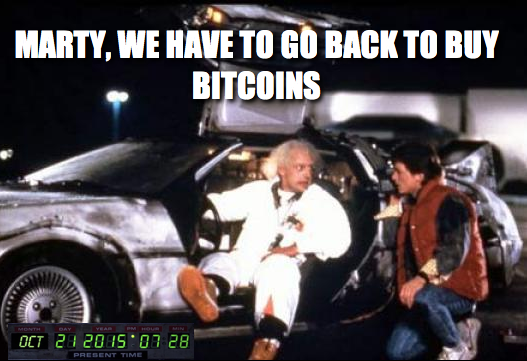Of all the sci-fi movies ever made, just a few stand out as true masterpieces. One of them, IMHO, is Blade Runner, released in 1982 (depicting the year 2019 – next year!).
And you may already know about there being a sequel, which was released last year – Blade Runner 2049. Well, I finally got round to watching it the other day on a plane.

So what can I say? It’s a goodie, for sure. But it ain’t no masterpiece. I’d put it on a par with, say… Passengers. I’ll give it 6.5 out of 10. The original was a straight 10/10 – up there with the other best-ever sci-fi movies, like Solaris, Stalker, and 2001: A Space Odyssey. But the sequel (as is often the case), was a bit of a let-down.
Herewith, my brief pros and cons of Blade Runner 2:
First, the pros:
+1: As already mentioned, overall it’s still a good film: original, well written, well directed.
+2: The Russian word Целина (Tselina) is written correctly on the greenhouses at Sapper Morten’s farm (This is a reference to Khrushchev’s ‘Virgin Lands’ campaign (Osvoyeniye Tseliny) in the Soviet Union where citizens were moved to undesirable and sparsely populated land to start farms and grow food).
Next, the cons:
-1: For me, the biggest and most unforgivable con is how Wallace and his replicant, Luv, are portrayed; i.e., as (very bad) baddies. In the first film, there are no baddies at all; replicants kill, but that’s what they’re designed to do by their makers – humans – and they kill only for understandable reasons: to survive or out of desperation, after all they get themselves into some awful situations. In the new film these two are maniacal sadist types completely lacking in moral compass, but, like, with zero explanation as to why. Grrr.
-2: Luv on her own. She’s Wallace’s right-hand replicant. His ‘first angel’, she can enter his room without knocking; however, she’s also engaged in direct sales, at one point explaining to a client how a product can be customized (the first scene at the Wallace Corporation). Nonsense. What, did they want to save on the number of actors needed for the film? I really don’t remember any such bizarre half-baked scripting in the first film.
-3: Assorted other puzzling bits. In particular:
– There’s dialogue at one point in a home for the elderly between Deckard and Gaff. And suddenly they switch to Hungarian. WHY? So everyone would look it up on the internet to see what it means (btw: nyugdíjas means pensioner in Hungarian). Yes, it’s cityspeak, but why the sudden switch? What’s it mean – if anything? Again, unfathomable. Could it mean Deckard is also a replicant and he was ‘retired’? No, he’s in the ruins of Las Vegas with a dog and a cistern of whisky. So, where’s the Hungarian connection? And how come no one else is in Vegas, attracted by this endless stock of vintage Scotch?
– There’s a character called Dr. Ana Stelline. Turns out Anastellin is a drug that suppresses tumor growth. Again, WHY? What’s the deep significance of this? (Maybe you know? > the comments).
-3.1: The scene featuring the child trafficker’s ledger. Why does the camera give us this sequence: back, hand, palm, ashtray – which is turned round to reveal a pic of a horse. Of course he then remembers everything, but that would have been obvious without the mysterious camerawork. Once again: WHY?
Btw, there are some good subtleties too. For example, in the ‘children’s home’ they shave the boys’ heads while leaving the girls’ hair to grow long. So – K’s recollections are of a girl, specifically of the girl who planted the recollections. Good, subtle, cool.
-3.2: Another unexplainable: a wooden toy horse costs a ton of money. However, in the very first scene of the film we see dead trees on farmland. Why didn’t the farmers saw up the trees into pieces and become millionaires?
-4: How does a replicant get into the chief of police’s office? Through the wall like Terminator? And how does she get into the police station’s evidence vault, which would have been guarded well, with dogs, video surveillance, and so on. Teleportation? So why doesn’t anyone else do teleportation? And why don’t they show the teleportation? How K got in there is shown. How the lunatic replicant got there – a mystery.
-5: How Roy Batty got into the bedroom of Tyrell is clear. How Luv moves through well-guarded walls – another puzzler.
-6: At the very end, how does K find out that Deckard is being driven in one of three cars. Telepathy? He destroys the other two (which didn’t fire back). The third, with Deckard, is only partly wrecked.
-7: Why doesn’t the super-astute K check his own DNA in the archive where he checked Rachel’s DNA? How could he not think of that one?! How to read others’ memories – he’s got that licked. A modicum of common sense – a complete lack of, all of a sudden.
Despite the cons far outweighing the cons, this is a film to be watched. But just once ).



























